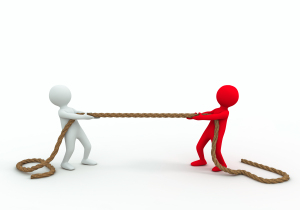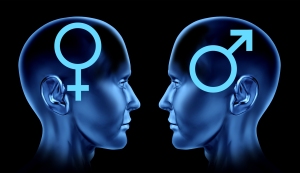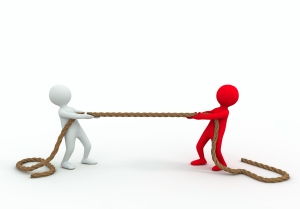
18 Sep Sexuality: Exploring and Understanding Sexual Orientation
Sexuality is such a broad term that many have a hard time understanding exactly what it means and encompasses. There are many new terms that are being used to describe differences in sexuality, many of which can be confusing unless you identify with them. I hope that this blog will take out some of the grey areas in understanding sexuality.
Sexuality is your ability to have an erotic experience or response. This can be tied to your sexual orientation.
 Sexual orientation refers to your inclination to feel romantic or sexual attraction (or a combination of the two) towards persons of the opposite sex/gender identity, or persons of the same sex/gender identity, or to both sexes/more than one gender identity. Sexual orientation is a narrow term that is used to identify a vast amount of inclinations. The typical categories under sexual orientation are often heterosexual, homosexual, bisexual, and asexual.
Sexual orientation refers to your inclination to feel romantic or sexual attraction (or a combination of the two) towards persons of the opposite sex/gender identity, or persons of the same sex/gender identity, or to both sexes/more than one gender identity. Sexual orientation is a narrow term that is used to identify a vast amount of inclinations. The typical categories under sexual orientation are often heterosexual, homosexual, bisexual, and asexual.
Heterosexuality describes the inclination to be attracted to persons of the opposite sex/gender identity. Slang terms often used for this orientation are hetero or straight.
Homosexuality describes the inclination to be attracted to persons of the same sex/gender identity. A slang term often used to identify this orientation is gay.
Bisexuality describes the inclination to be attracted to persons of both sexes/gender identities. There are many misconceptions that come along with those who identify as bisexual. They are often not accepted by homosexual and heterosexual individuals alike because they are seen as not having “chosen a side”, that is to say to pick being homosexuality or heterosexuality. The misconception that they “choose” to be bisexual is the same as anyone else saying that you choose your sexual orientation. Sexual orientation is not something that we choose, it is something that is born to us, which is something that is often stated in response to those who oppose homosexuality and can be equally applied to bisexuality.
identities. There are many misconceptions that come along with those who identify as bisexual. They are often not accepted by homosexual and heterosexual individuals alike because they are seen as not having “chosen a side”, that is to say to pick being homosexuality or heterosexuality. The misconception that they “choose” to be bisexual is the same as anyone else saying that you choose your sexual orientation. Sexual orientation is not something that we choose, it is something that is born to us, which is something that is often stated in response to those who oppose homosexuality and can be equally applied to bisexuality.
Asexuality describes a lack of sexual attraction to anyone, or a low/absent interest in sexual activity. Asexuality differs from abstinence or celibacy in that asexuality is not driven by personal or religious beliefs/values. Asexuality is not a choice, but an inclination just like other orientations.
 There are other orientations which have become more in the public eye due to more research and a rising awareness of prevalence of these orientations.
There are other orientations which have become more in the public eye due to more research and a rising awareness of prevalence of these orientations.
Polysexuality describes the inclination to be attracted to persons of some sexes/gender identities, but not all. This is not to be confused with pansexuality or polyamory (the desire to have intimately involved with more than one person at the same time).
describes the inclination to be attracted to persons of all sexes/gender identities. A slang term often used to identify this orientation is gender-blind. Pansexuals are open to relationships with anyone, including those who do not necessarily identify as a specific gender or biological sex.
Sexuality is a topic that many people feel uncomfortable discussing. With open and honest conversations, sexuality can be better understood. Sexuality greatly affects a person’s confidence level and body image, as does their sexual orientation and how they are perceived by others because of their sexual orientation. Those who have yet to “come out” as something other than heterosexual often experience great anxiety and fear at revealing their true self to the world that surrounds them because of the great deal of negativity that may have been experienced by those before them. It is important to remember that sexual orientation does not define who a person is or what they are capable of. Sexual orientation is merely a part of the whole, not the sole defining characteristic of a person, and should not have bearing on how a person is treated.
This of course is in an idealistic world. However, there is much discrimination and hatred to those who are not heterosexual. Much of this stems from misunderstanding and fear. That is why education geared towards fair treatment and understanding is so important. You cannot choose who you are, but you can choose how you react to those who surround you. Be the friend, the family member, the support, to all of those who need it.
